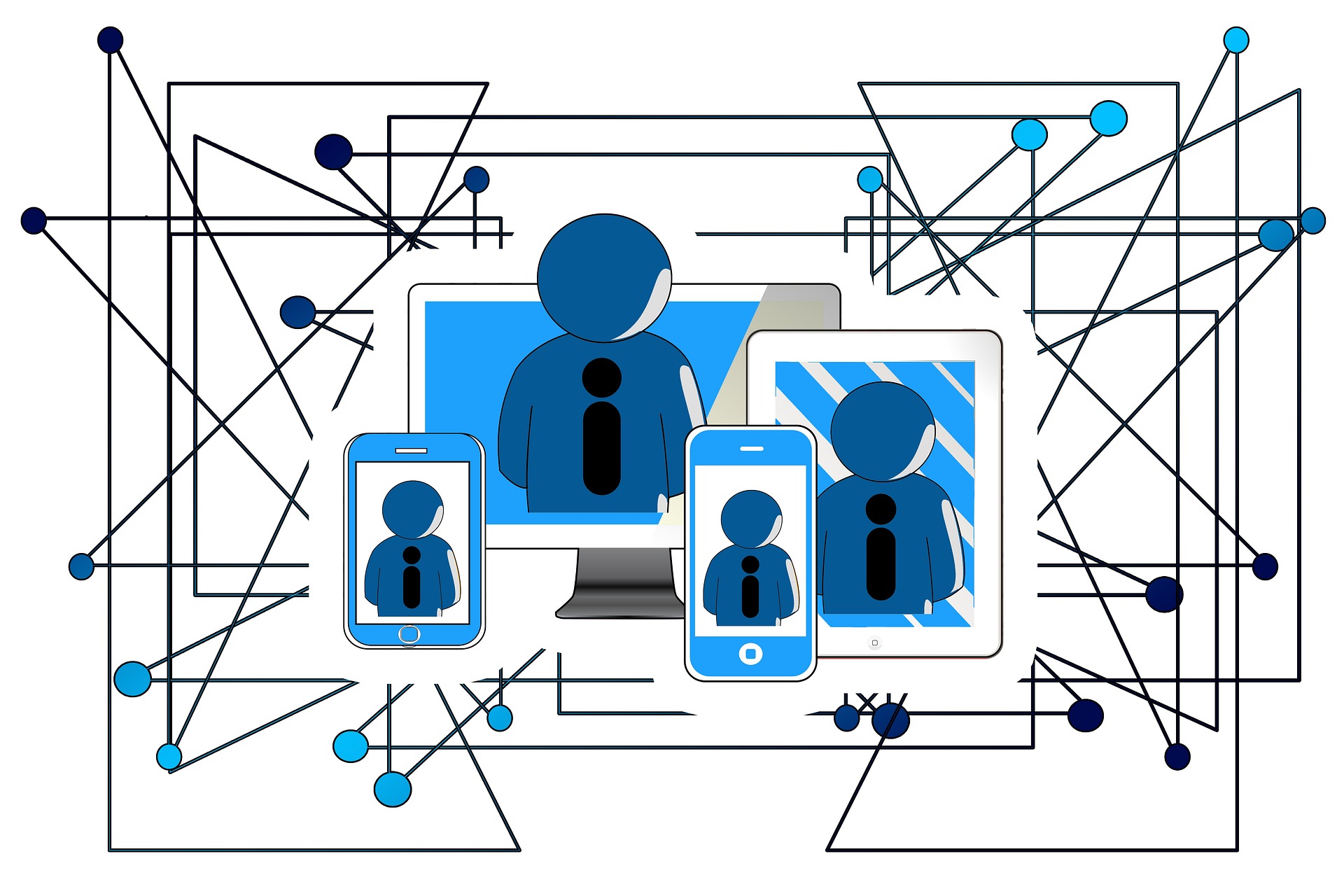Advancing Telecommunications: The Shift Towards Software-Defined Networking
In the complex maze of internet and telecommunications, innovative technologies continue to reshape the landscape. One such transformational technology is Software-Defined Networking (SDN), a dynamic, manageable, and cost-effective alternative to traditional networking methodologies. SDN simplifies the network management and offers enhanced flexibility, marked as a significant shift in the telecommunications industry.

The Advent of Software-Defined Networking
The inception of SDN dates back to the early 2000s when researchers sought to redefine networking infrastructure. Traditionally, network devices like routers and switches had both control logic (the decision-making part) and the data plane (the part that handles traffic) tightly coupled within them. This coupling posed challenges in network management, cost, and flexibility. SDN, with its ground-breaking approach of decoupling the network control and forwarding functions, enabled the network to be programmatically managed and optimized for the application’s needs.
Software-Defined Networking Today
Modern SDN solutions, with their central control panel, allow administrators to see network traffic in a holistic view and adjust bandwidth load as required. This has made network management much less complex and more efficient. Furthermore, SDN’s network virtualization capabilities have made it a crucial element in cloud computing. It allows businesses to scale rapidly, reducing the need for physical infrastructure and therefore significantly reducing costs.
Impact and Challenges of Software-Defined Networking
Despite its myriad advantages, SDN adoption is not without its challenges. Cybersecurity is a major concern as the centralized control panel becomes a potential single point of failure. If hackers infiltrate this control panel, they can potentially control the entire network. Additionally, transitioning from a traditional network to an SDN model requires significant investment in new hardware, software, and training.
Practical Applications and the Future of SDN
SDN’s practical applications span across various sectors. In healthcare, for example, SDN can improve the accuracy and speed of patient data transfer. In retail, it can offer personalized shopping experiences by tracking customer behavior in real-time. Looking ahead, as businesses increasingly migrate to the cloud and demand more flexible and scalable networks, SDN’s role is likely to become even more significant.
In conclusion, Software-Defined Networking, despite its challenges, is a significant advancement in the telecommunications world. Its capability to simplify network management, reduce costs, and increase flexibility makes it a promising solution for the future of connectivity. As we navigate the rapidly evolving digital landscape, SDN is one technology that is undoubtedly at the forefront of this change.




